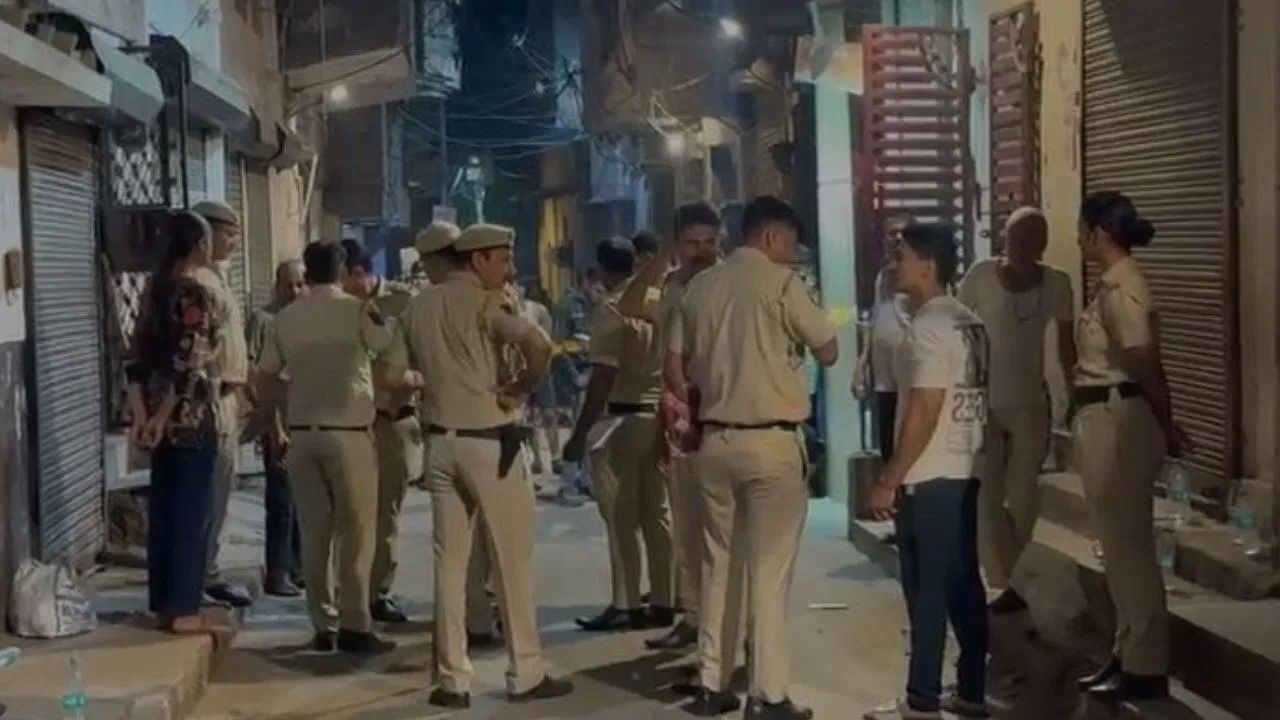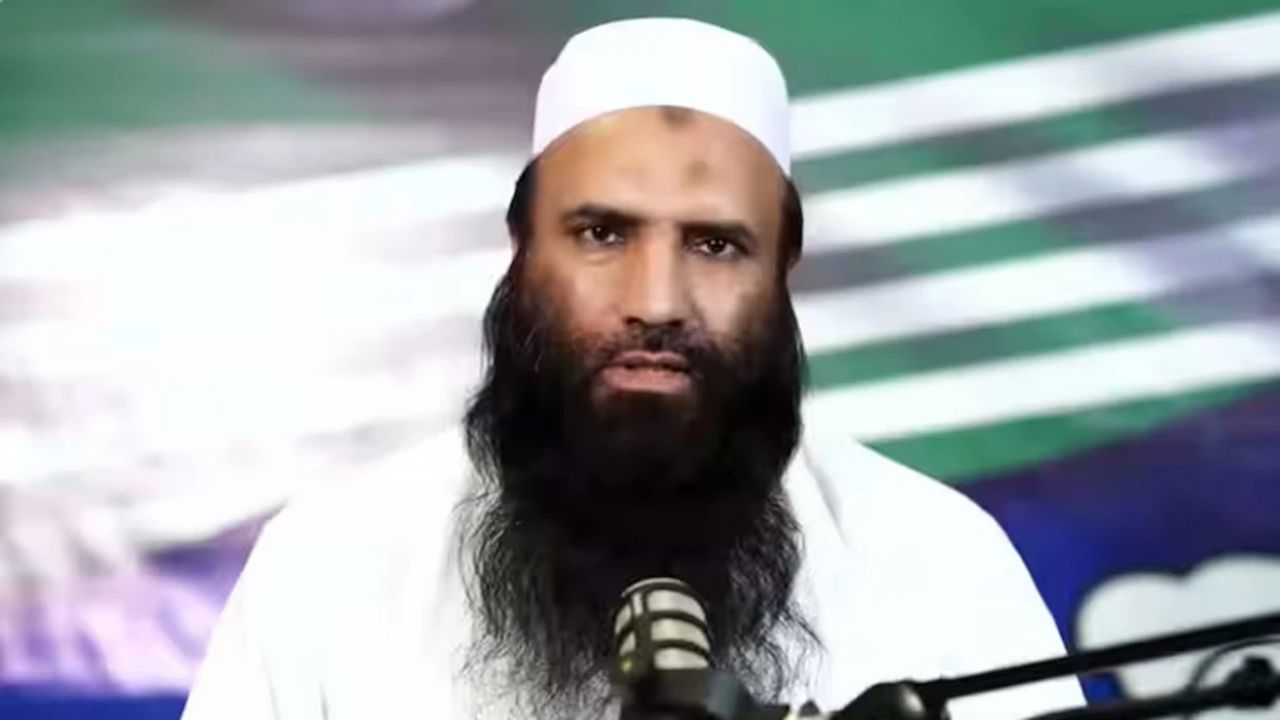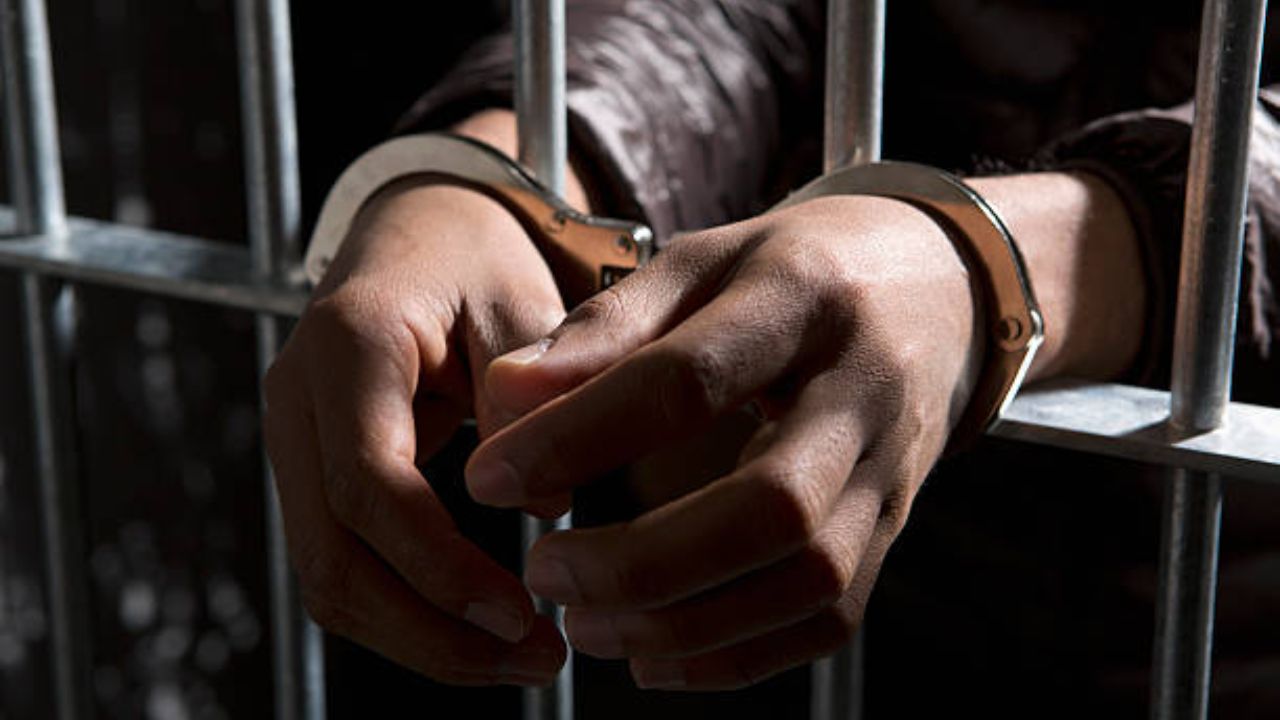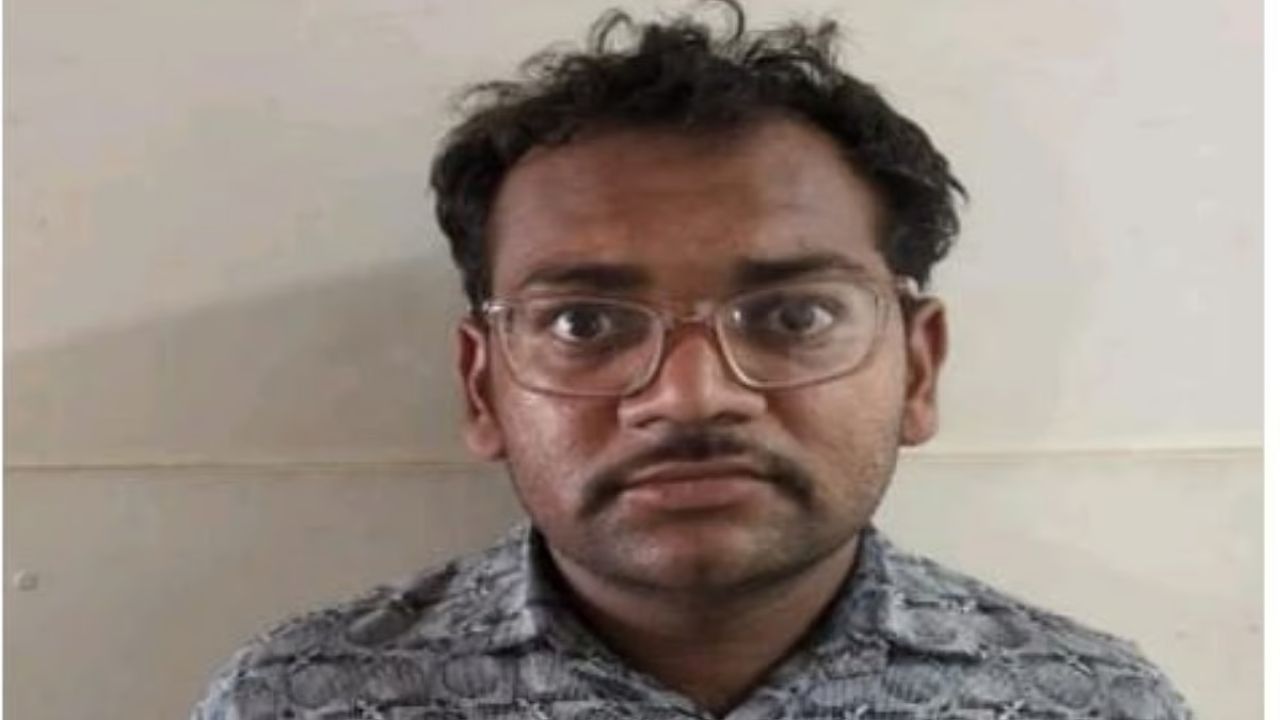From Friends to Fugitives: Who Is David Headley, the Man Behind the 26/11 Plot?
Tahawwur Rana to Be Extradited to India for Role in 26/11 Mumbai Attacks Tahawwur Hussain Rana, a key accused in the 2008 Mumbai terror attacks, is set to be extradited to India on Thursday via a

Tahawwur Rana to Be Extradited to India for Role in 26/11 Mumbai Attacks
Tahawwur Hussain Rana, a key accused in the 2008 Mumbai terror attacks, is set to be extradited to India on Thursday via a special flight after the U.S. Supreme Court rejected his final appeal against extradition. The 64-year-old Pakistani-origin Canadian national is a close associate of David Coleman Headley—one of the main conspirators behind the attacks.
Rana and Headley, childhood friends who attended the same military school in Pakistan, remained closely connected. Headley’s movements in India during the planning phase of the attacks were facilitated by Rana, whose U.S.-based immigration firm provided cover for Headley’s reconnaissance missions.
Who is David Headley?
David Coleman Headley, born Daood Sayed Gilani, is a Pakistani-American terrorist whose detailed surveillance of Mumbai targets played a pivotal role in enabling the 26/11 attacks. Born in Washington, D.C., to a Pakistani diplomat father and an American mother, Headley spent his early years in Pakistan and later moved to the U.S., where he worked various jobs—including as a barman in Philadelphia.
Despite his American citizenship, Headley developed deep ties with the Pakistan-based terror group Lashkar-e-Taiba (LeT). Between 2002 and 2005, he trained at several LeT camps and, posing as a business consultant, traveled to India multiple times between 2006 and 2008. During these visits, he scouted key locations like the Taj Mahal Palace Hotel, CST railway station, and Nariman House—targets later attacked by the terrorists.
His travel and espionage activities were supported by Rana’s immigration business, which served as a front for his operations.
Headley was arrested in 2009 by U.S. authorities for plotting attacks on a Danish newspaper and for his role in the Mumbai terror plot. In 2010, he pleaded guilty and avoided the death penalty in exchange for cooperation with investigators. His testimony shed light on LeT’s operations and provided critical evidence linking elements in Pakistan to the attacks. He is currently serving a 35-year sentence in a U.S. federal prison.





